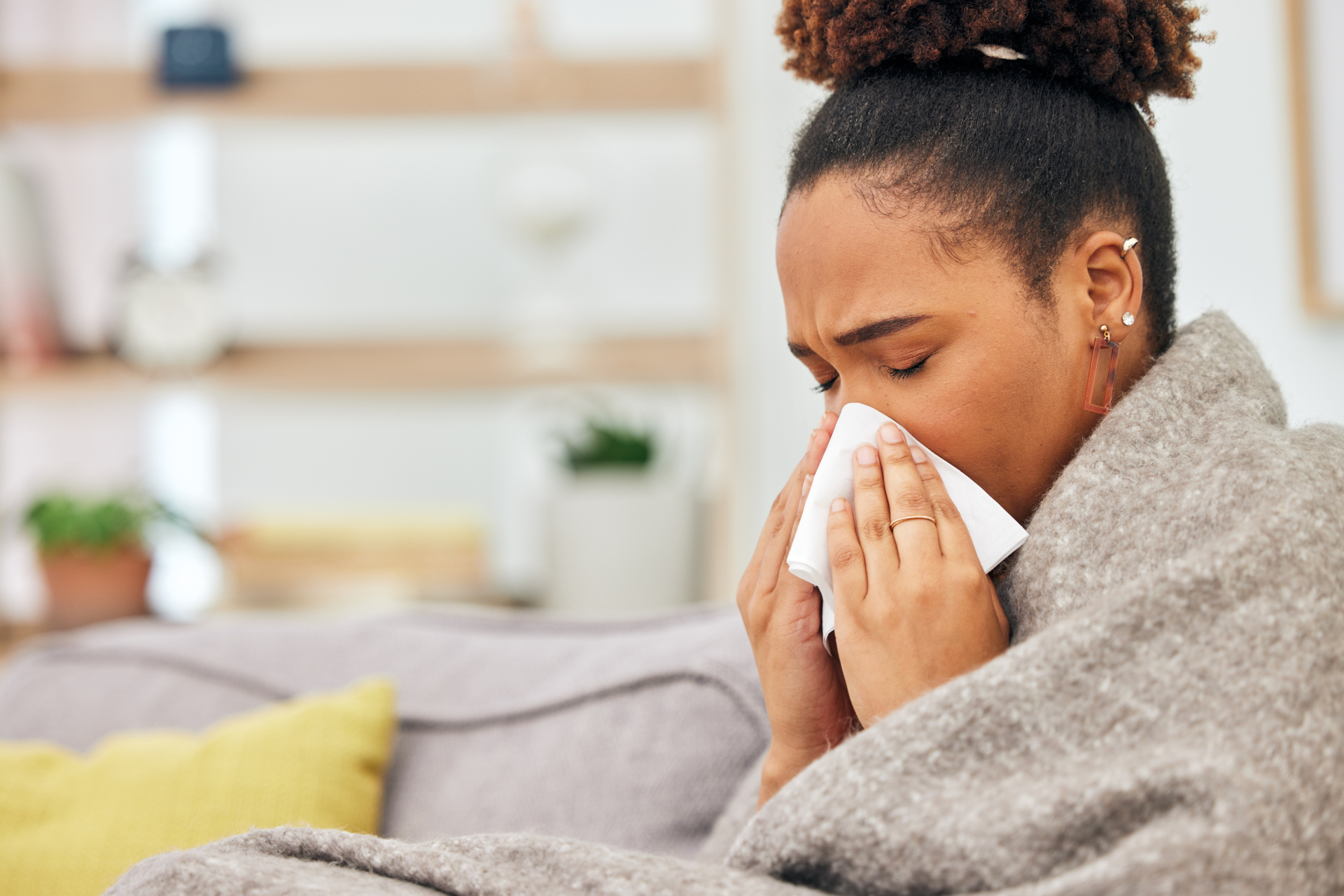Colds vs. Allergies: How to Tell the Difference and Find Relief

With the change of seasons comes the inevitable onslaught of sneezing, coughing, and congestion. For many, this time of year is often accompanied by confusion over whether their symptoms are due to a common cold or pesky allergies. At Fall Creek Skin and Health Clinic, we understand the importance of distinguishing between the two in order to effectively manage your symptoms and find relief. Let's delve into the differences between colds and allergies and explore strategies for alleviating your discomfort.
Understanding the Culprits: Colds vs. Allergies
Colds and allergies share some similarities in symptoms, such as sneezing, nasal congestion, and a sore throat. However, the causes behind these conditions are quite different. Colds are viral infections that can be spread from person to person, while allergies are triggered by your immune system's response to substances like pollen, pet dander, or dust mites.
The Duration
Colds are typically short-lived, lasting anywhere from a few days to a week or two. Allergies, on the other hand, can persist for several weeks or even months if exposed to the allergen causing the reaction.
Seasonal Patterns
Allergies tend to be more prevalent during specific seasons when certain allergens are more abundant, such as spring or fall. Colds, on the other hand, can strike at any time of the year but are more common in colder months.
Differentiating Symptoms
While both colds and allergies can have overlapping symptoms, there are key differences to look out for. Colds may also come with fever, body aches, and fatigue, which are usually not present with allergies. Allergies, on the other hand, often manifest with itchy eyes, a runny nose, and can sometimes trigger asthma symptoms in those prone to the condition.
Finding Relief: Strategies for Colds and Allergies
When faced with the discomfort of a cold or allergies, seeking relief becomes a top priority. Fall Creek Skin and Health Clinic offers these strategies to help you manage your symptoms effectively:
1. Consult a Healthcare Provider
If you are unsure whether you have a cold or allergies, it's best to seek guidance from a healthcare provider. They can help diagnose your condition and recommend an appropriate treatment plan.
2. Stay Hydrated
Drinking plenty of fluids can help thin mucus and alleviate congestion, whether caused by a cold or allergies.
3. Use Over-the-Counter Medications
Antihistamines can be effective in managing allergy symptoms, while decongestants can help with cold-related nasal congestion. Be sure to follow dosage instructions and consult a healthcare provider if you have any underlying conditions.
4. Avoid Allergens
If you suspect allergies are the culprit, try to minimize exposure to known allergens, such as pollen or pet dander, by keeping windows closed, using air purifiers, and washing bedding regularly.
5. Rest and Relax
Both colds and allergies can take a toll on your body, so getting plenty of rest and reducing stress levels can aid in the recovery process.
By understanding the differences between colds and allergies and implementing targeted strategies for relief, you can better manage your symptoms and maintain your well-being. At Fall Creek Skin and Health Clinic, we are committed to providing comprehensive care for patients experiencing a range of skin-related and general health issues. Don't let colds or allergies hold you back - reach out to us today for personalized care and support. Stay healthy, stay informed!
At Fall Creek Skin and Health Clinic, we treat patients of all ages for a variety of skin-related problems and general health concerns. Our team of experienced professionals is dedicated to providing high-quality care at an affordable cost. Visit our clinic to experience compassionate care tailored to your needs and take proactive steps towards better health and well-being.




